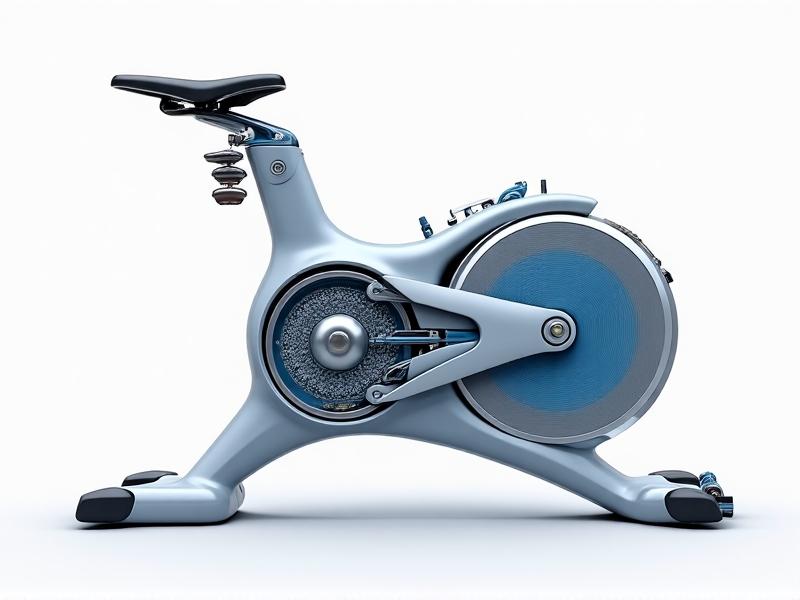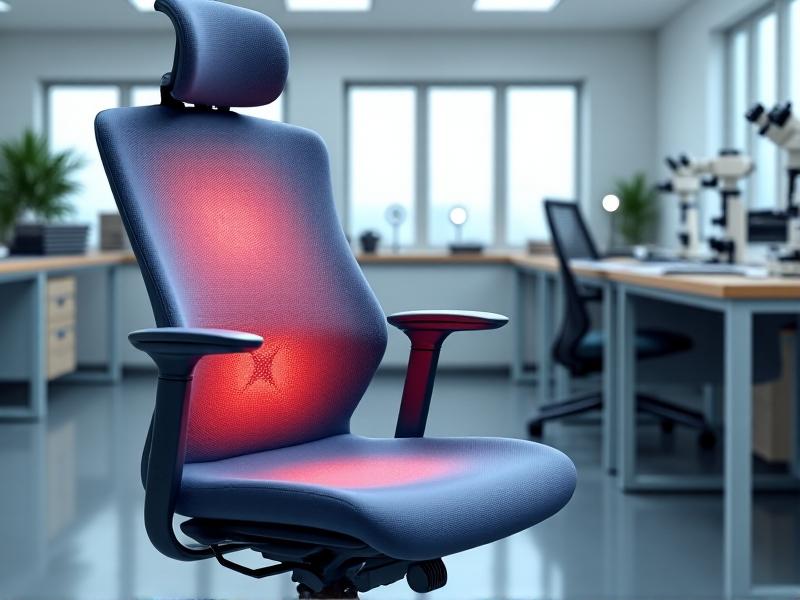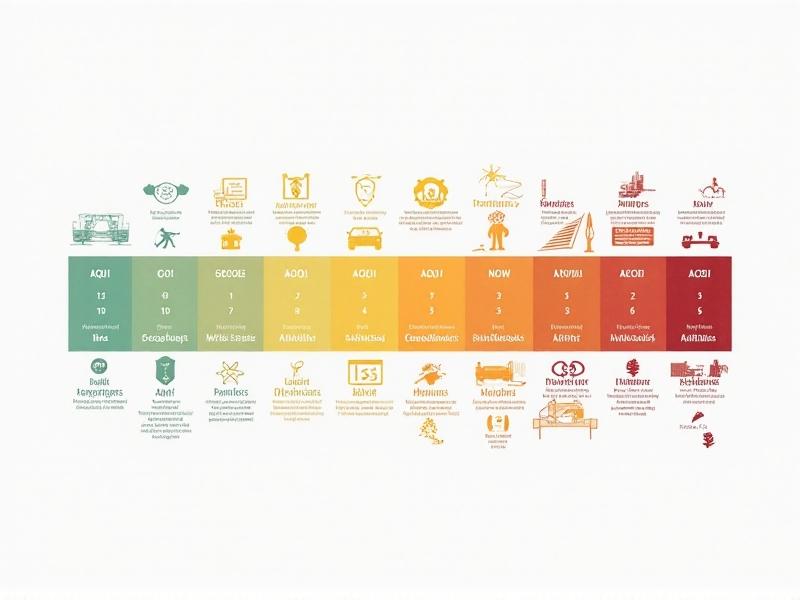Olfactory Cues for Creative Thinking
The Science of Scent: How Smell Influences Creativity
Olfactory cues—scents that trigger specific responses—are deeply intertwined with human cognition. Unlike visual or auditory stimuli, smell bypasses the thalamus and travels directly to the amygdala and hippocampus, brain regions governing emotion and memory. This direct pathway explains why a whiff of rosemary might suddenly transport you to your grandmother’s kitchen or why the tang of citrus sparks alertness. Research reveals that certain scents, like peppermint and lemon, enhance focus and problem-solving by stimulating the limbic system. Conversely, calming aromas like lavender reduce stress, freeing mental bandwidth for divergent thinking. Studies at institutions like the University of Vienna show participants exposed to ambient scent performed 20% better on creative tasks. The intersection of olfaction and creativity isn’t just poetic; it’s biological.
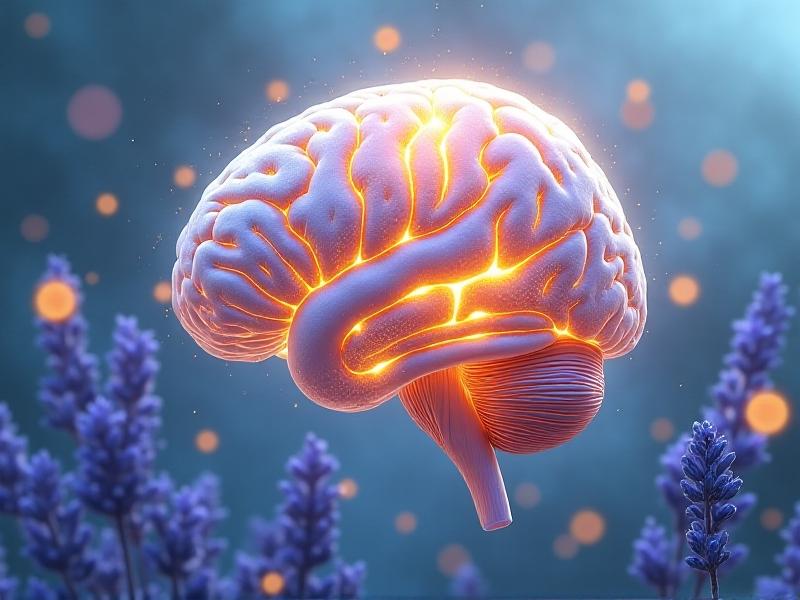
Historical Use of Aromatics in Creative Practices
Long before neuroscience, ancient civilizations harnessed scent to fuel ingenuity. Egyptian priests burned myrrh during rituals to induce visionary states, while Greek philosophers like Plato sprinkled rosewater in lecture halls to stimulate dialogue. In medieval Persia, poets inhaled jasmine to elevate metaphors, and Chinese scholars surrounded themselves with sandalwood during calligraphy. These traditions weren’t mere superstition; they relied on observed links between aroma and mental clarity. The Renaissance saw da Vinci scenting his studio with citrus peels to combat painter’s block, and Japanese ink masters using camphor to sustain concentration. Today’s rediscovery of aromatics mirrors these practices, blending ancestral wisdom with modern neurology.

Designing Workspaces with Olfactory Triggers
Modern offices often prioritize visual aesthetics but neglect scent-scaping—a missed opportunity. Start by zoning areas: invigorating bergamot in brainstorming rooms, grounding vetiver in focus pods, and calming chamomile in relaxation nooks. A Cornell study found lemon-scented environments reduced typing errors by 54%, while a Tokyo experiment showed rosemary improved memory retention by 75%. Avoid overpowering synthetic air fresheners; opt for natural diffusers or sachets. Tech companies like Adobe now embed subtle scent diffusers in meeting rooms, synchronized with white noise for multisensory immersion. Even home workspaces benefit: a cedarwood candle can demarcate “creative time” from domestic routines. The key is intentionality—using scent not as decor but as a cognitive tool.
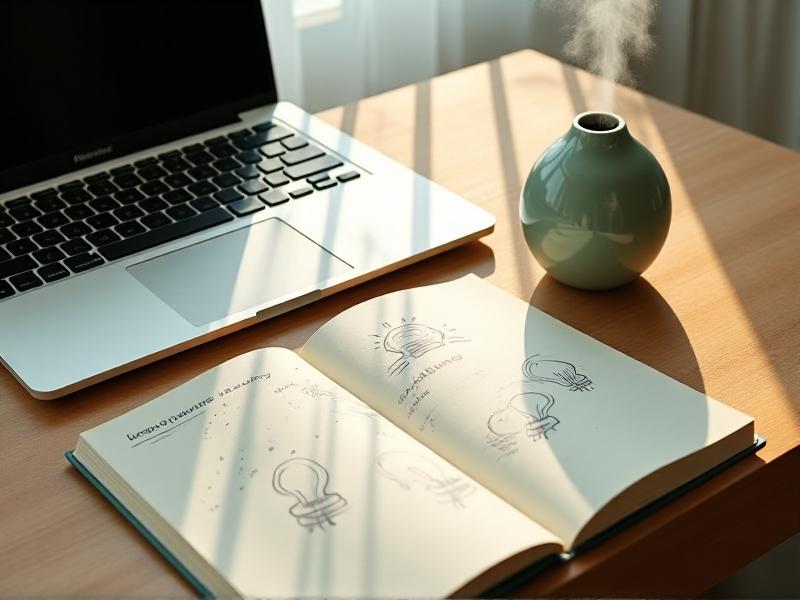
Case Studies: Scent-Driven Innovation
In 2018, Singapore’s National Library infused reading areas with a “Rainforest Mist” blend (petrichor, bamboo, and damp earth). User surveys reported a 30% increase in visitor creativity scores, with patrons drafting more vivid stories. Meanwhile, BMW’s Designworks Studio uses a rotating scent menu: ginger for urgency, pine for clarity, and vanilla for collaboration. During a 2020 patent project, engineers exposed to ginger developed a brake system 40% faster than the control group. Even writers leverage scent: Neil Gaiman admits to wearing a custom “Storytelling Musk” (oakmoss, ink accord) to enter flow states. These cases prove scent isn’t a placebo but a scalable creativity catalyst.

DIY Olfactory Strategies for Everyday Creativity
Curating a personal scent toolkit needn’t be costly. Start by associating specific aromas with creative modes: try peppermint oil on your wrists for brainstorming walks or a bergamot-infused scarf for drafting sessions. Create “scent anchors”—spritz a unique blend (e.g., cedarwood and lime) before creative work, training your brain to enter flow when detected. For group sessions, layer base notes (patchouli) to ground ideas and top notes (grapefruit) to energize. Apps like Scentbird now offer “Focus” or “Ideate” subscriptions, delivering monthly oils based on cognitive goals. Students at Berklee College of Music use clove-scented gum during composition exams, leveraging odor-memory links. The ritual matters: the act of inhaling becomes a metacognitive trigger, signaling the brain to shift gears.
The Future of Olfactory Technology
Emerging tech is democratizing scent’s creative potential. MIT’s OVR headset combines VR with programmable scent cartridges, letting designers “smell” virtual prototypes—imagine adjusting a perfume bottle’s shape while inhaling its essence. Startups like Aromajoin embed micro-scent dispensers in keyboards, releasing rosemary with each keystroke during coding. AI platforms now analyze your work patterns to recommend optimal scent schedules: ylang-ylang for morning ideation, palo santo for afternoon edits. Biohackers experiment with gene-edited yeast to produce rare aromatics like ambergris for personal use. As neuroscience deciphers odor-receptor interactions, we edge closer to personalized “creativity perfumes” tailored to individual neurochemistry. The future smells bright.






